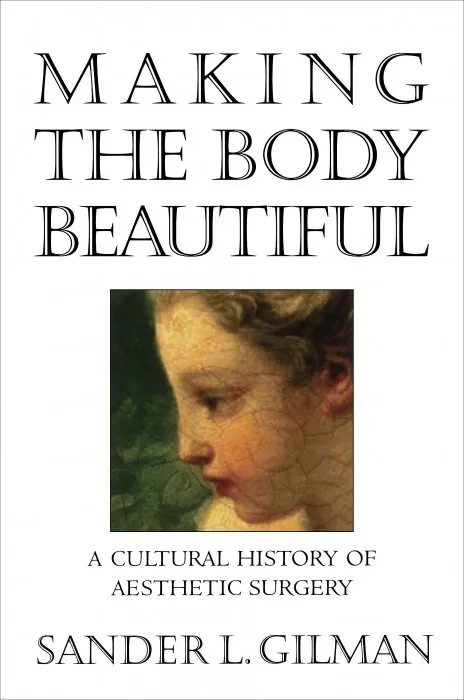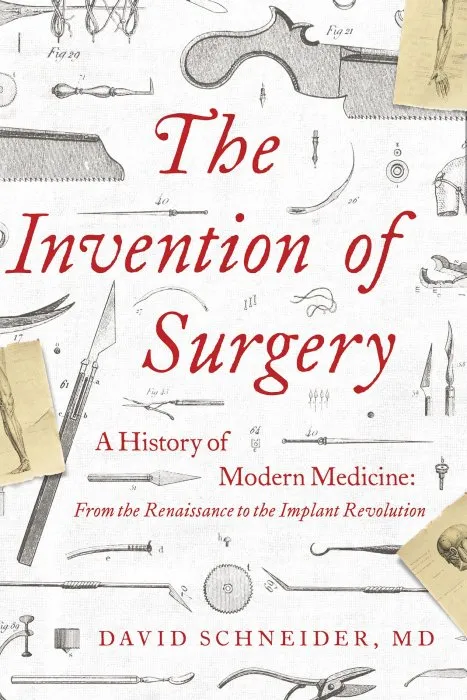Making the Body Beautiful: A Cultural History of Aesthetic Surgery

Date: December 7th, 2021
ISBN: 0691070539
Language: English
Number of pages: 424 pages
Format: EPUB
Add favorites
Nose reconstructions have been common in India for centuries. South Korea, Brazil, and Israel have become international centers for procedures ranging from eyelid restructuring to buttock lifts and tummy tucks. Argentina has the highest rate of silicone implants in the world. Around the globe, aesthetic surgery has become a cultural and medical fixture. Sander Gilman seeks to explain why by presenting the first systematic world history and cultural theory of aesthetic surgery. Touching on subjects as diverse as getting a "nose job" as a sweet-sixteen birthday present and the removal of male breasts in seventh-century Alexandria, Gilman argues that aesthetic surgery has such universal appeal because it helps people to "pass," to be seen as a member of a group with which they want to or need to identify.
Gilman begins by addressing basic questions about the history of aesthetic surgery. What surgical procedures have been performed? Which are considered aesthetic and why? Who are the patients? What is the place of aesthetic surgery in modern culture? He then turns his attention to that focus of countless human anxieties: the nose. Gilman discusses how people have reshaped their noses to repair the ravages of war and disease (principally syphilis), to match prevailing ideas of beauty, and to avoid association with negative images of the "Jew," the "Irish," the "Oriental," or the "Black." He examines how we have used aesthetic surgery on almost every conceivable part of the body to try to pass as younger, stronger, thinner, and more erotic. Gilman also explores some of the extremes of surgery as personal transformation, discussing transgender surgery, adult circumcision and foreskin restoration, the enhancement of dueling scars, and even a performance artist who had herself altered to resemble the Mona Lisa.
The book draws on an extraordinary range of sources. Gilman is as comfortable discussing Nietzsche, Yeats, and Darwin as he is grisly medical details, Michael Jackson, and Barbra Streisand's decision to keep her own nose. The book contains dozens of arresting images of people before, during, and after surgery. This is a profound, provocative, and engaging study of how humans have sought to change their lives by transforming their bodies.
Gilman begins by addressing basic questions about the history of aesthetic surgery. What surgical procedures have been performed? Which are considered aesthetic and why? Who are the patients? What is the place of aesthetic surgery in modern culture? He then turns his attention to that focus of countless human anxieties: the nose. Gilman discusses how people have reshaped their noses to repair the ravages of war and disease (principally syphilis), to match prevailing ideas of beauty, and to avoid association with negative images of the "Jew," the "Irish," the "Oriental," or the "Black." He examines how we have used aesthetic surgery on almost every conceivable part of the body to try to pass as younger, stronger, thinner, and more erotic. Gilman also explores some of the extremes of surgery as personal transformation, discussing transgender surgery, adult circumcision and foreskin restoration, the enhancement of dueling scars, and even a performance artist who had herself altered to resemble the Mona Lisa.
The book draws on an extraordinary range of sources. Gilman is as comfortable discussing Nietzsche, Yeats, and Darwin as he is grisly medical details, Michael Jackson, and Barbra Streisand's decision to keep her own nose. The book contains dozens of arresting images of people before, during, and after surgery. This is a profound, provocative, and engaging study of how humans have sought to change their lives by transforming their bodies.
Download Making the Body Beautiful: A Cultural History of Aesthetic Surgery
Similar books
Information
Users of Guests are not allowed to comment this publication.
Users of Guests are not allowed to comment this publication.




